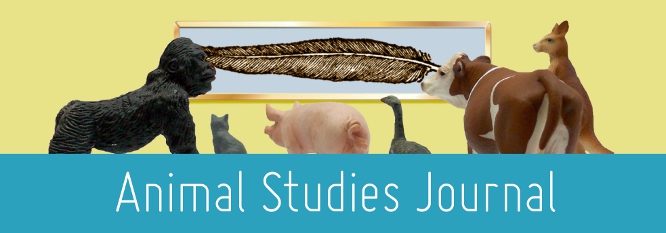Home > assh > ASJ > Vol. 6 (2017) > No. 2

Abstract
In the last few decades, animal sanctuaries have proliferated around the world as advocates for animals have sought to save them from a wide array of contexts in which they are exploited, harmed, or killed by human actions. Sanctuaries take different forms and employ different approaches to animal care, varying in accordance to the kinds of species they save and the arenas of human animal-use they challenge. A non-exhaustive list of kinds of animal sanctuaries includes sanctuaries for farmed animal (rescued from agricultural contexts), ‘exotic’ animals (such as elephants or big cats, often rescued from being kept as pets or used for entertainment or exhibition), primates (often retired from use in laboratory research), equines (often rescued from use for carriages or in competitive events like racing); and companion animals (for animals like cats and dogs that cannot, for various reasons, be adopted out to individual homes).
Recommended Citation
Abrell, Elan, Introduction: Interrogating Captive Freedom: The Possibilities and Limits of Animal Sanctuaries, Animal Studies Journal, 6(2), 2017, 1-8.Available at:https://ro.uow.edu.au/asj/vol6/iss2/2
Included in
Art and Design Commons, Australian Studies Commons, Creative Writing Commons, Digital Humanities Commons, Education Commons, Feminist, Gender, and Sexuality Studies Commons, Film and Media Studies Commons, Fine Arts Commons, Philosophy Commons, Social and Behavioral Sciences Commons, Theatre and Performance Studies Commons

